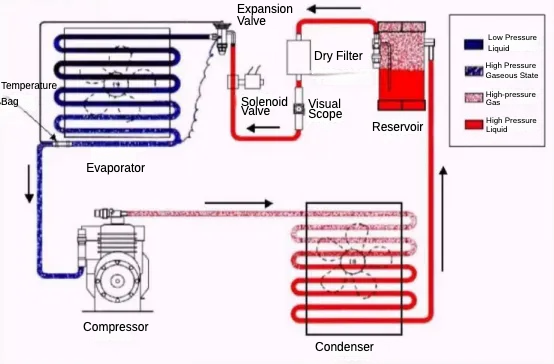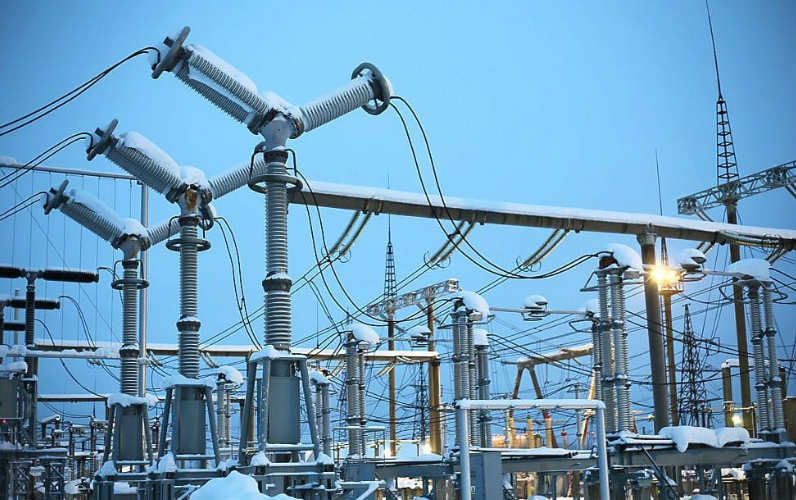Lead acid battery applications is wide, and include UPS, Telecommunications, solar systems, power systems, medical equipment, and other applications.
Lead acid battery application in Uninterruptible Power Supplies (UPS)

Lead acid batteries play a crucial role in uninterruptible power supply (UPS) systems. UPS systems are designed to provide temporary power during electrical outages, ensuring that critical equipment continues to operate. Lead acid batteries serve as the primary power reserve for UPS systems, delivering backup power to computers, servers, telecommunications equipment, and other critical infrastructure. In data centers and financial institutions, UPS systems equipped with lead acid batteries ensure the continuity of important data and operations.
Lead acid battery application in Telecommunications

In telecommunications networks, lead-acid batteries are widely used to provide backup power. Telecommunications infrastructure relies on uninterrupted power supply to function properly. In areas where the power grid is unstable or inaccessible, lead-acid batteries are used to power cellular towers and other communication infrastructure. These batteries are connected to chargers powered by the grid or solar panels, ensuring they remain fully charged and ready to provide emergency power during outages. This backup power is essential for maintaining the stability and reliability of communication networks.
Lead acid battery application in Solar Systems

In solar power systems, lead-acid batteries function as energy storage devices, helping to balance the supply and demand of electricity. During the day, solar panels convert sunlight into electricity and store it in lead-acid batteries. At night or on cloudy days, these batteries provide power to homes or businesses, ensuring a continuous supply of electricity. The use of lead-acid batteries in solar systems enhances energy efficiency and provides a reliable power solution for remote or off-grid areas.
Lead acid battery application in Power Systems

Lead acid batteries are extensively used in automotive, marine, and various electric vehicle power systems. They provide power for vehicle starting, lighting, and electronic systems. In the electric vehicle sector, particularly in low-speed vehicles such as electric forklifts, golf carts, and electric sightseeing cars, lead acid batteries are commonly employed. They also supply essential power for onboard lighting, communication systems, and other electronic devices in boats. Their high current output capability and cost-effectiveness make them an ideal choice for power reserves.
Lead Acid Battery Application in Medical Equipment

In medical equipment, lead-acid batteries are a popular choice due to their reliability and stability. Many types of medical devices, such as hospital beds, wheelchairs, and patient lifts, are powered by lead acid batteries. These batteries are not only cost-effective and easy to maintain but also have a long service life. In emergencies, lead acid batteries provide stable power to critical medical equipment, ensuring patient safety and continuity of care.
Lead Acid Battery Application in Other Applications
In addition to the primary applications mentioned above, lead acid batteries are also widely used in the following areas:
Railway Signaling Systems: Ensuring the reliable operation of railway signaling systems to maintain train safety.
Emergency Lighting: Providing illumination in emergencies to ensure safe evacuation.
Power Tools: Supplying power to various electric tools, enhancing work efficiency.
Conclusion
Lead acid batteries, with their reliability, cost-effectiveness, and high current output capability, are essential energy storage devices in numerous fields. From uninterruptible power supplies to solar systems, from power systems to medical equipment, lead-acid batteries meet diverse needs across various applications. Despite facing some maintenance and environmental challenges, lead-acid batteries remain a preferred choice in many applications and will continue to play a significant role as technology evolves and applications expand.






